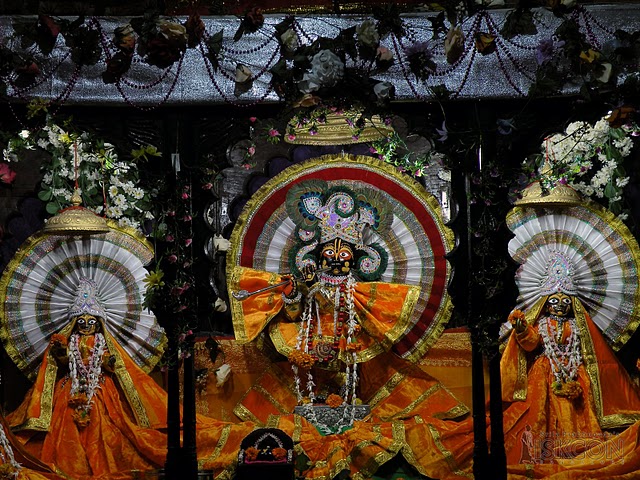Thala Neelala Samarpamam or the offering of hair at Tirumala Venkateswara Temple
Recently I had a friend who happens to have a significant following online visit Tirumala with his parents. As an offering to Venkateshwara, the ancient god on the hill, he performed Thala Neelala Samaramam; he shaved his head and offered the hair to Srinivasa. Upon posting pictures online, it surprised me how very quickly the pictures lost any spiritual significance, and people could only comment on how “cute” or how “hot” the individual looked after shaving his head.
In many cultures and religions, our hair is associated with either our pride or dignity; stories throughout history reveal this distinctly. Western audiences would be most aware of the biblical tale of Samson and Delilah; Samson, upon cutting his hair, would lose his great strength until he prayed to the biblical god to give him his strength back in one tremendous and terrible display that would destroy his enemy in completion. In Asia, and India in particular, the same can be true, but the loss of pride is viewed in a far more positive light. Buddhist monks shave their heads in a ritual of purity and loss of ego; Hindus of certain sects and specific communities keep only small tufts of hair on certain areas of their heads as marks of faith or tradition.
Why, then, has a particular temple become so famous for offering hair as a ritual? Two reasons can be given, the first being in imitation of the goddess of Neeladri hills actions. Neeladri Devi, who, upon discovering a sleeping Venkateshwara and seeing a balding patch on his head from a wound given when defending a cow, plucks her own beautiful locks of hair and fits them to Perumal’s head. The second, while still may be in imitation of the story told above, is also a personal rite to remove all pride, making us humble before climbing the hill visiting the sacred shrine of Venkateshwara. This is but one of several preparatory rituals that should be done before entering the temple.
What happens to the hair offered and how it is used for the temple is a complex and political discussion that I will write a more detailed post on.
Upon seeing my friend's online post, I realized how little the greater populace understands why we do these rituals and the deeper, more esoteric reasoning behind them. Many of the rituals we follow today have become only boxes to check off for either our older family members or the community at large. Over the next series of posts, I will try to cover the reasoning, both practical and esoteric, for why these practices are followed. I hope, knowing and understanding the meaning of each ritual will reinvigorate us to perform them.
NOTE* Some pictures used from online and I cannot claim copyright.


















